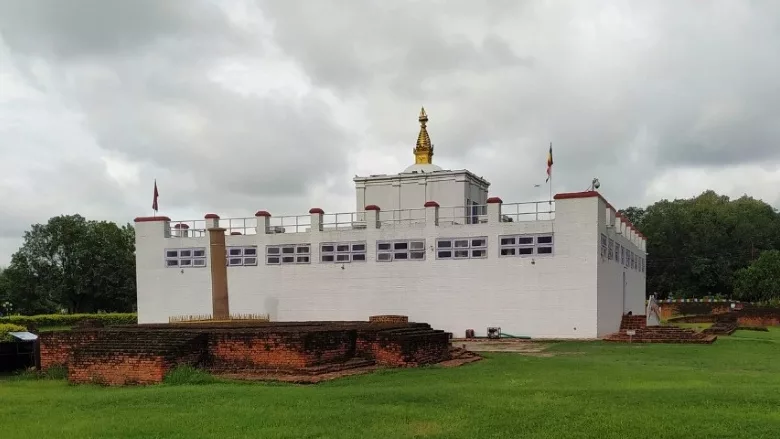Securing a UNESCO world heritage site

Image courtesy of Videonetics
The garden of Lumbini is a place of pilgrimage for followers of Buddhism, attracting millions of visitors each year.
Located in the plains of Southern Nepal, Lumbini Park is comprised of key Buddhist attractions such as Maya Devi Temple, World Peace Pagoda, Bodhi Tree, the single stone Ashoka Pillar erected by Emperor Ashoka, Pond Pushkarini, monasteries and more.
A UNESCO World Heritage Site, Lumbini Park faces a number of security challenges associated with its high visitation rates and religious status. The security team's priorities include safeguarding the pilgrims and protecting the property from vandalism. The large size of the park made it tough to conduct effective surveillance of the expanse. Safety of visitors, crowd control and ensuring constant protection at multiple locations were some of the key challenges the Lumbini Park security team faced.
Security at Lumbini Park
In the past, officials of Lumbini Park deployed 24/7 analog video surveillance only at Maya Devi Temple. Additionally, they relied on manual security for the entire property. To some extent, security was also compromised by blind spots such as corners, cultural and monastic zones, buffer zone, entry-exit points and more.
To remedy these challenges, the security team implemented a unified intelligent video management system (IVMS), vehicular analytics and a vehicle entry-exit monitoring (VEEM) system from Videonetics and NexGen IT Solutions Pvt Ltd.
The IVMS manages over 160 network cameras at identified vulnerable locations. The system enables real-time surveillance to keep pilgrims safe, break crowd formation, keep vandalism in check, secure property and ensure swift response to any unwanted situation by ground staff. In addition, legacy analog cameras are also integrated into the unified solution, eventually providing centralized control of the cameras to security operators.
Vehicular analytics help automatically identify and detect vehicles based on their entry/exit time, color or vehicle category. The VEEM application captures driver facial images and tags vehicles according to their security clearance level.
The security solution has helped security operations center (SOC) gain heightened situational awareness and ensure the safety of tourists at the world heritage site.
Looking for a reprint of this article?
From high-res PDFs to custom plaques, order your copy today!







